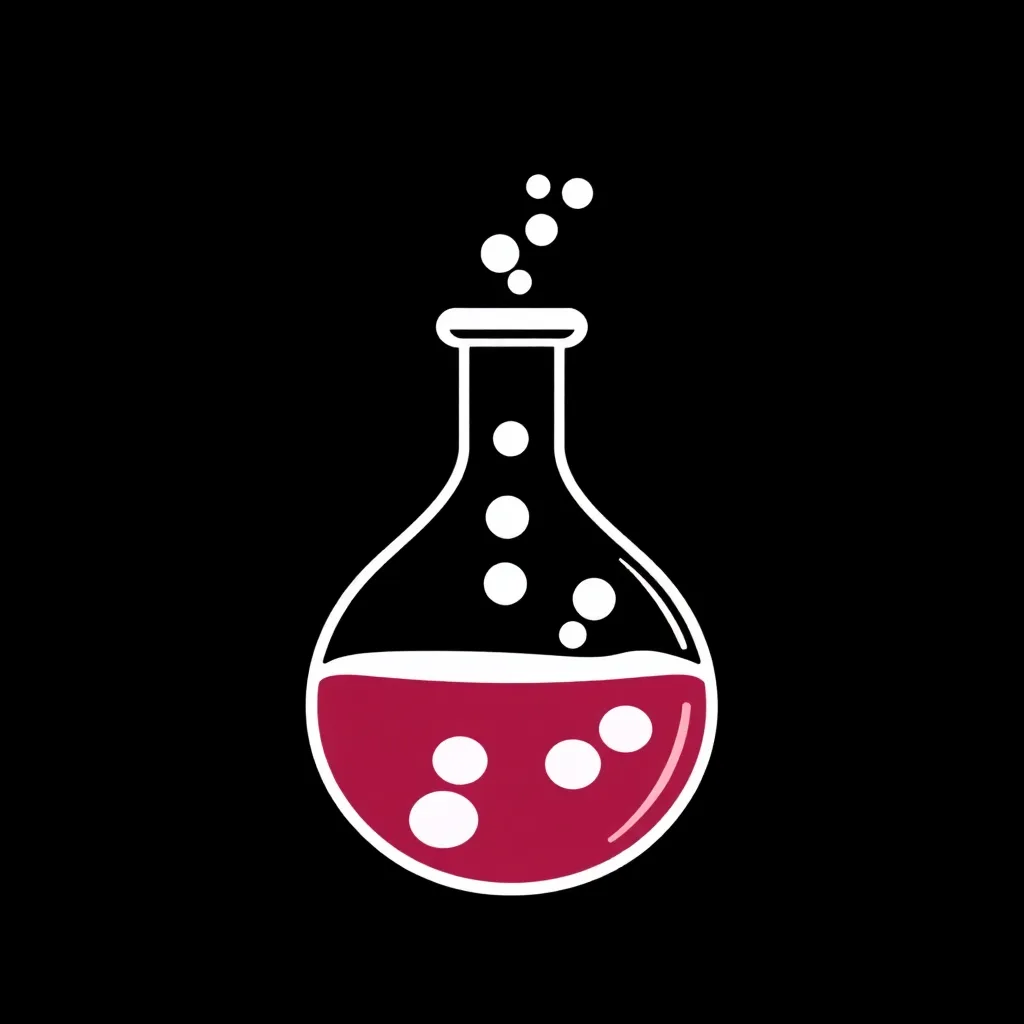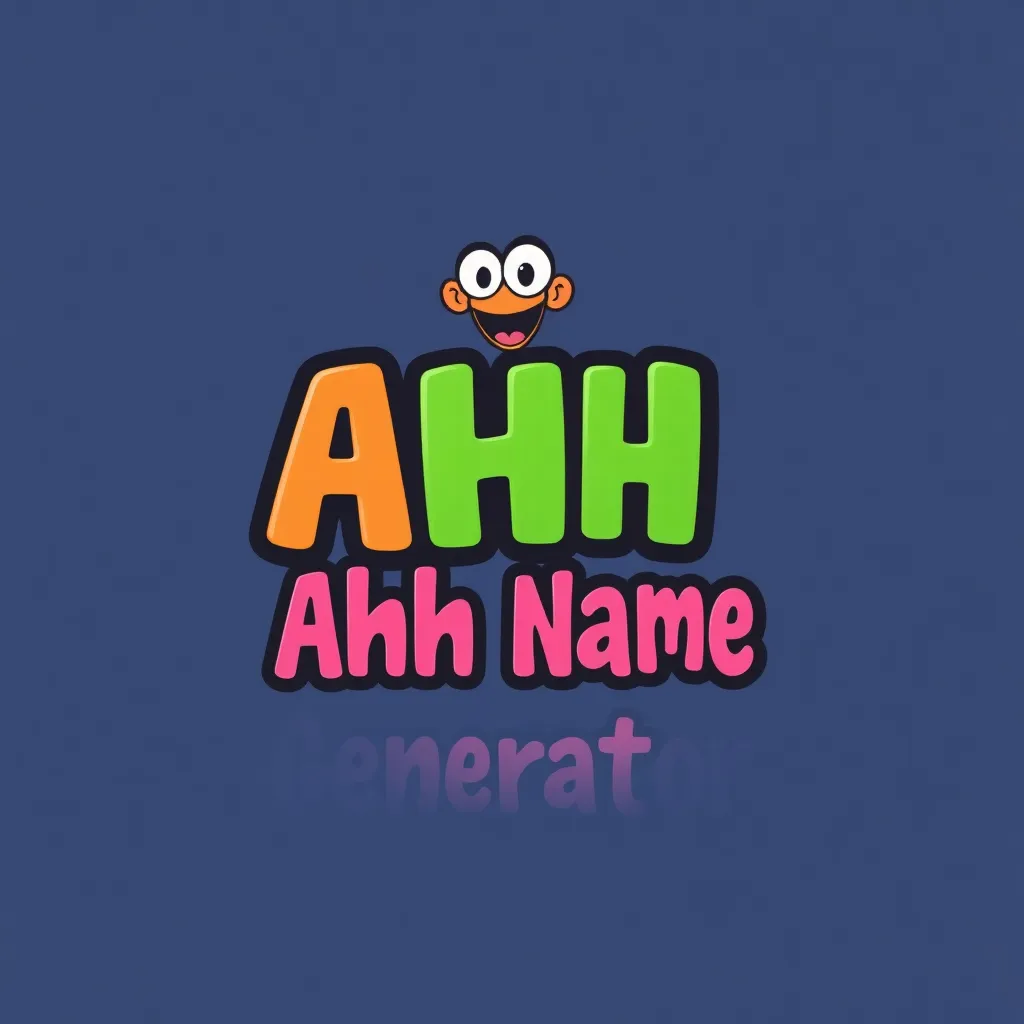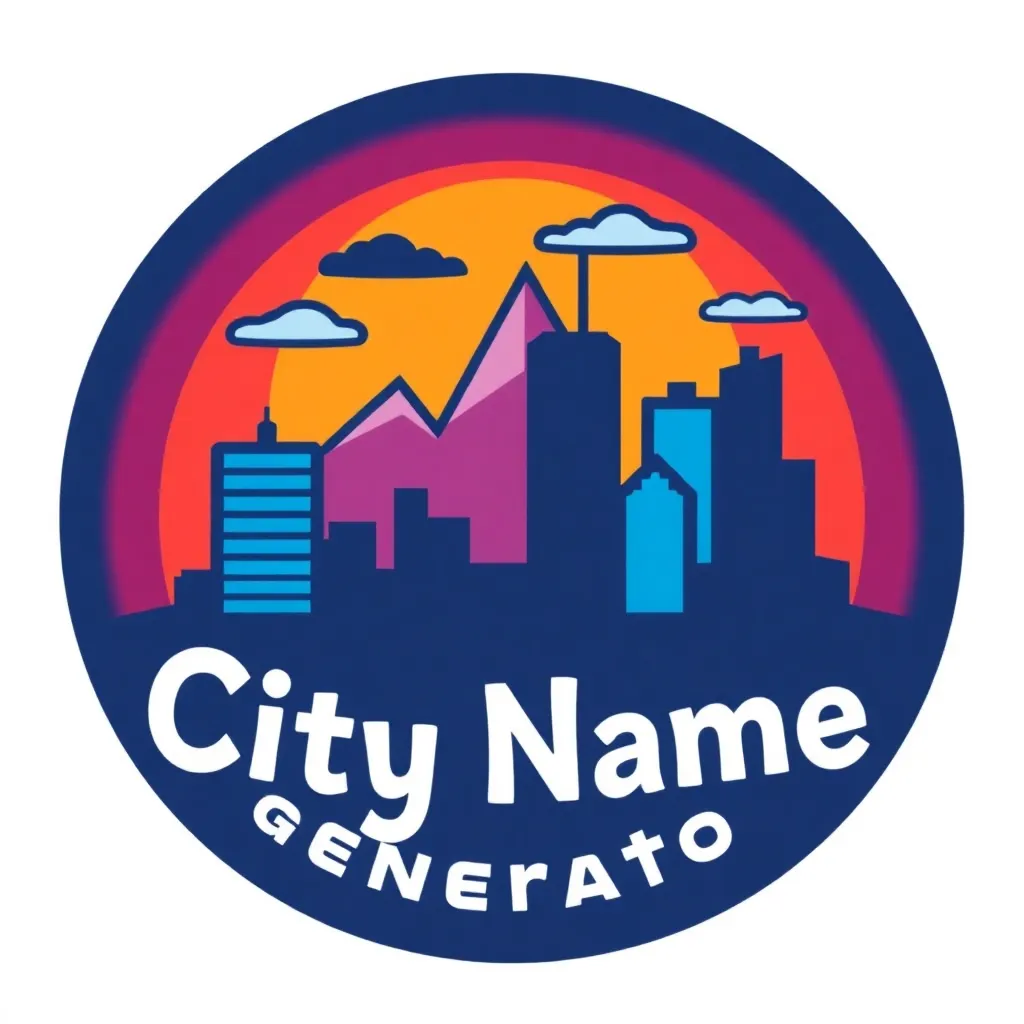
IUPAC Name Generator
Generate Accurate IUPAC Names for Chemical Compounds
IUPAC Name Generator

What is the IUPAC Name Generator?
The IUPAC Name Generator is a tool designed to automatically produce the systematic IUPAC (International Union of Pure and Applied Chemistry) name for a given chemical structure or input. This ensures standardized chemical nomenclature, crucial for clear communication and research in chemistry.
Accurate Nomenclature
Generates names adhering to IUPAC rules for reliable chemical identification.
Time-Saving Efficiency
Automates the naming process, saving time and reducing errors compared to manual methods.
Versatile Application
Suitable for researchers, students, and anyone needing to name organic and inorganic compounds.
Improved Communication
Facilitates clear and unambiguous communication of chemical compounds across disciplines.
Educational Resource
Aids in understanding IUPAC nomenclature rules by providing correct examples.
How to Use the IUPAC Name Generator
Simple steps for generating IUPAC names:
Input Chemical Structure
Provide SMILES string, InChI code, or draw the chemical structure directly.
Click 'Generate'
Initiate the IUPAC name generation process.
Review the Output
Examine the generated IUPAC name and verify its accuracy.
Use/Save the Result
Copy and use the generated IUPAC name in your research, reports, or publications.
Relation Tools

Goofy Ahh Name Generator
Generate Hilariously Ridiculous Names!

1962 Generation Name
Find the perfect name for your little one with our 1962-themed name generator. Discover vintage charm and timeless appeal!

Manga Name Generator
Generate Your Next Bestseller Manga Title!

Baby Name Generator with Last Name
Find the perfect name for your baby with our AI-powered generator. Generate first and last name combinations that you'll love!

City Name Generator
Generate unique and creative city names for your stories, games, and world-building projects.

Alien Planet Name Generator
Struggling to come up with the perfect name for that alien planet in your sci-fi universe? Our generator creates unique and evocative names to inspire your imagination.

Private School Name Generator
Find the perfect name for your private school with our AI powered name generator.
IUPAC Name Generator Examples
Examples of chemical structures and their corresponding generated IUPAC names:
Ethanol
Input: CCOC Output: Ethanol
Benzene
Input: c1ccccc1 Output: Benzene
Acetic Acid
Input: CC(=O)OH Output: Acetic acid
Cyclohexane
Input: C1CCCCC1 Output: Cyclohexane
Methane
Input: C Output: Methane
Water
Input: O Output: Water
Sodium Chloride
Input: [Na+] ... [Cl-] Output: Sodium chloride
Frequently Asked Questions About IUPAC Name Generation
Find answers to common questions: